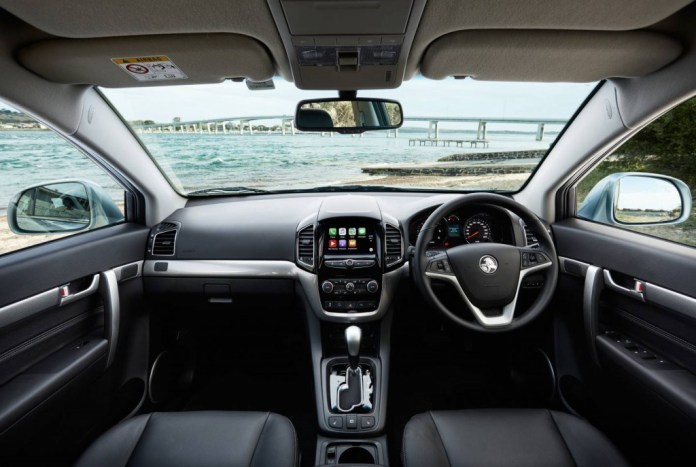General Motors, one of the original Android Auto partners, has indicated that it will shut down the Holden brand in Australia by the end of 2020, stating that it will no longer make cars suitable for Australian roads.
The development is hardly surprising, given Holden ceased manufacturing in Australia three years ago. A knock-on effect of the closure will mean that GM pulls out of other right-hand drive markets including Thailand, and it’s expected that it will hit GM’s bottom line to the tune of around AU$1.5 billion.
Once Holden’s brand goes, some 800 employees will lose their jobs, and most of those will cease in June 2020. Some will be offered relocation packages, but many will be let go with separation payments.
For existing Holden customers, aftersales support, warranties and servicing packages will be honoured in Australia for at least ten years. The company promised it would provide servicing, spare parts and support through its existing network, which will also handle any future recalls should the need arise.
The company said it would also work with its dealers, who may be offered the option of continuing as authorised service outlets.
The Holden dealer network includes 185 dealers in Australia and 31 in New Zealand.
Holden was one of the first brands in Australia to bring out Android Auto support, and so it is a little sad that one of the earliest supporters here will now be leaving the market completely. However, it’s probably not too surprising that this day has come.
Holden’s sales performance in Australia has been declining for some time, owing in part, I suspect, to the growing affordability and quality of alternative cars from Asia and Europe undercutting the value proposition of Holden’s products.
As someone who has owned Holden in the past, I’m saddened to see the departure of Holden from Australia, but on the other side of the coin, I can see why they’re going. Some of Holden’s more recent cars have been very underwhelming, and just not competitive against alternative offerings.
I suspect lots of other car buyers reached the same conclusion, thus leading to the inevitable decision to pull out.






Can we now have a debate as to why we need a luxury car tax? We have no car industry except for modifying cars imported into Australia?
We need to revived the auto industry, a good start will be on the EV segment. With government support and incentive to customers, Australia can compete in EV
GM also announced that they will be no longer making RHD vehicles.
That will be a big market loss, considering there are about 74 countries and territories that are using RHD vehicles.
Question: Why did the Australian government offer corporate welfare to General Motors, in the form of over $2 billion in Australian taxpayer’s money, so that this American company would bring more fossil fuel vehicles onto our roads?
Given there is no longer a local manufacturing industry to protect, it’s probably long past time that we reviewed the need for Australian-specific ADRs for motor vehicles. Right hand drive vehicles are a tiny segment of the international market; I doubt we can afford to carve out our own niche beyond the standards that apply in Japan or the UK.
it’s difficult enough trying to convince some segments of the population of the science of climate change, imagine trying to convince them to drive on the other side of the road….
I’m actually going to sell my SSV now before it totally devalues — was looking at selling it for a hybrid/electric soon anyway. Such a pity after spending 30k+ on mods for it….
anyone got any decent suggestions — 2 things it must have — good looks and Android Auto.
From memory, there are only a couple of unique ADRs remaining – child anchors being the main one. Pretty much all of them now point to ECE (Europe) or FMVSS (USA) regulations…
Child anchors! The same ADRs that meant we couldn’t use ISOfix seats for about a decade after they were commonplace overseas.
Still, goods news if there are almost no remaining unique requirements.
Adam, according to Wikipedia, 32% of the countries use RHD vehicles, so plenty of vehicles to design and sell in that spec, especially given the Indian subcontinent, South-East Asian, and Southern African populations – wouldn’t really call it a tiny segment in the international market.